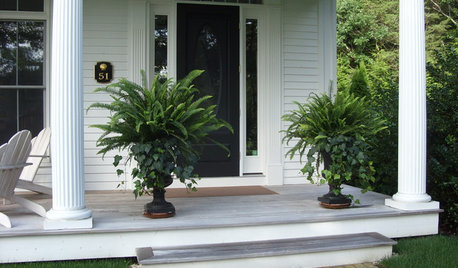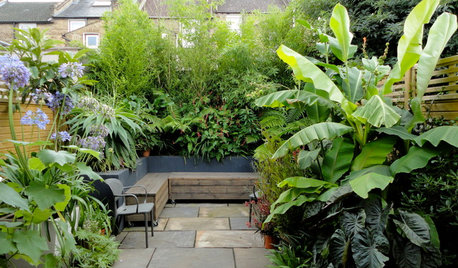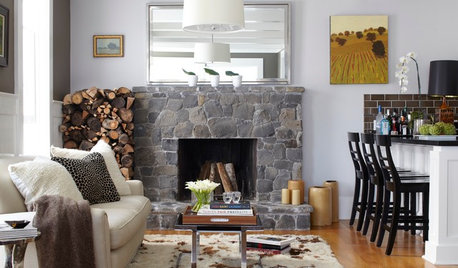Easter Hydrangea pots to go into ground
jujujojo_gw
11 years ago
Related Stories

GARDENING GUIDESGreat Design Plant: Bugle Weed, a Quick Ground Cover
It’s highly adaptable, suppresses weeds, reduces erosion and provide weeks of bright flowers. Just watch for invasiveness
Full Story
GARDENING GUIDESCalifornia Gardener's June Checklist
Update your hydrangeas, catch up on tomatoes and more ways to enjoy your California garden in June
Full Story
SUMMER GARDENINGHow to Grow Basil
Bright color, quick growth and endless uses for cooking make this summer annual a winner in the garden or a pot
Full Story
CONTAINER GARDENSHappy Houseplants, Happy People
Potted plants add life and beauty to a room. Learn easy ways to keep them healthy
Full Story
GARDENING AND LANDSCAPINGPorch Life: 12 Ways to Beautify a Porch With Plants
Abundantly welcoming, plants rooted in pots, hanging in baskets or climbing up a trellis add life to porches
Full Story
GARDENING GUIDESHouzz Call: What’s Your Favorite Backyard Beauty?
The simple, honest daisy is this writer’s go-to garden flower. We want to hear which plant, flowering or otherwise, gives you special joy
Full Story
ENTRYWAYSPut On a Good Face: Design Principles for Home Fronts
Set the right tone from the get-go with an entry that impresses and matches the overall design of your home
Full Story
GARDENING AND LANDSCAPINGShow Us Your Garden Retreat
Where do you go to get away from it all and unwind in your yard?
Full Story
PATIOSHouzz Call: Show Us Your Pocket Patio
How small can you go? We want to see your compact garden designs
Full Story
DECORATING GUIDESA Subliminal Approach to Fall Decorating
Get your home in the autumn groove without going over the top, with decorating ideas from two top San Francisco designers
Full Story






luis_pr
jujujojo_gwOriginal Author
Related Professionals
Fitchburg Landscape Architects & Landscape Designers · Mount Wilson Landscape Architects & Landscape Designers · Wakefield Landscape Contractors · Americus Landscape Contractors · Athens Landscape Contractors · Biloxi Landscape Contractors · Coeur d'Alene Landscape Contractors · Coram Landscape Contractors · Lake Zurich Landscape Contractors · Lebanon Landscape Contractors · Pueblo West Landscape Contractors · Four Corners Landscape Contractors · Lafayette Siding & Exteriors · Oregon City Siding & Exteriors · Plano Siding & Exteriorsluis_pr
morz8 - Washington Coast
jujujojo_gwOriginal Author
luis_pr
jujujojo_gwOriginal Author
jujujojo_gwOriginal Author
luis_pr
jujujojo_gwOriginal Author
jujujojo_gwOriginal Author
luis_pr
jujujojo_gwOriginal Author
luis_pr
jujujojo_gwOriginal Author
jujujojo_gwOriginal Author
jujujojo_gwOriginal Author
October_Gardens
jujujojo_gwOriginal Author
jujujojo_gwOriginal Author
luis_pr
morz8 - Washington Coast
jujujojo_gwOriginal Author
jujujojo_gwOriginal Author